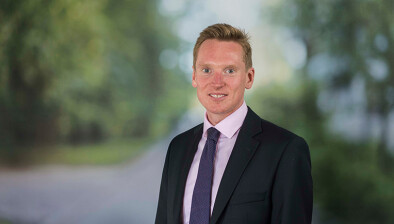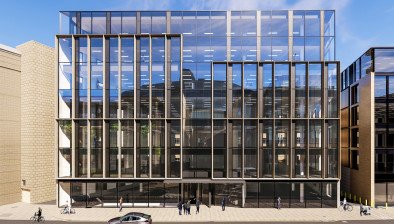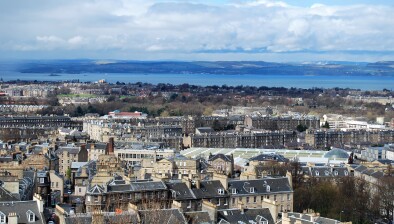Edinburgh must look beyond its boundaries to compete as a global city – Savills

Edinburgh needs to re-align itself to focus more on opportunities outside its immediate boundaries in order to continue to meet the ever-growing demand for homes, offices and hotels and fully establish itself as a global city, according to new research from Savills.
The international real estate advisor’s new report Edinburgh: a global city in demand highlights that with 7,100 new office-based jobs forecast to come to the city in the next five years, a likely 3,000 new households being created annually and a booming tourist economy, expansion and infrastructure investment are required in order for Scotland’s capital to meet its full potential.
Savills identifies that while in the short-term existing and proposed development west of the bypass and the new Queensferry Crossing will strengthen these areas and provide extra housing and space for corporate occupiers, in the long-term a strategic approach will be required to pick off sites along the city boundary for further development, supported by major infrastructure investment.
According to Savills, rental pressures and a shortage of appropriate space in the city centre has already seen the number of office leasing deals in Edinburgh’s out of town markets more than double from 20 to 53 between 2009 and 2016.
Nick Penny, head of Savills in Scotland, said: “Scotland’s capital is on the brink of a grand expansion on a number of fronts: from the gentrification of the east end, which has been turbo-charged by the ambitious St James development, to the rapid residential developments that will reach well beyond the current city limits in almost every direction.
“As a result, Edinburgh needs to have a very different structure and shape of the next phase of growth which brings exciting opportunities for the city, allowing it to potentially compete with cities like New York, London and Tokyo for economic investment, tourism and new populations. But it also brings its challenges, not least how to cater for demand whilst maintaining the quality of life and dynamism of the city.”
Specific challenges facing Edinburgh that Savills highlights include:
Mr Penny added: “With the likelihood of a second independence referendum receding, and the potential of a softer ‘Brexit’, Edinburgh is looking like a great place to do business, live, visit and invest, but developing the appropriate commercial and residential space is key to unlocking growth. As a city we therefore need to think of Edinburgh as somewhere with looser boundaries and explore, within reason, where beyond the bypass is appropriate for expansion.”

















